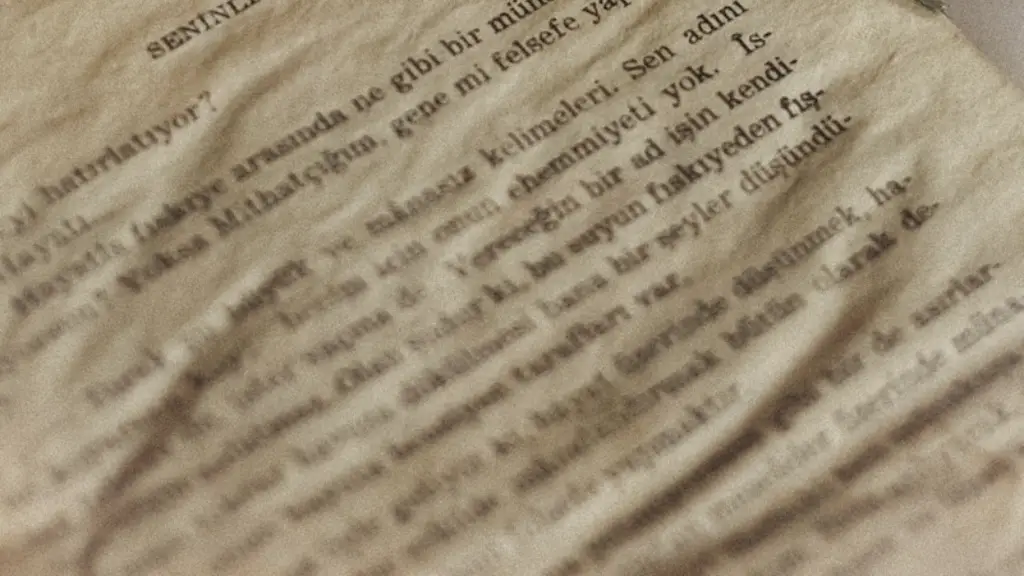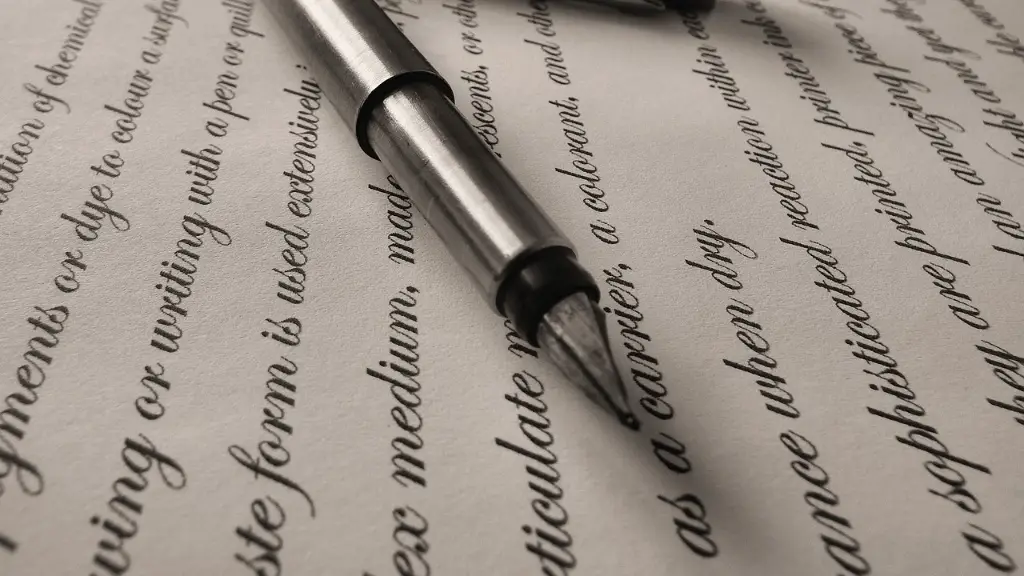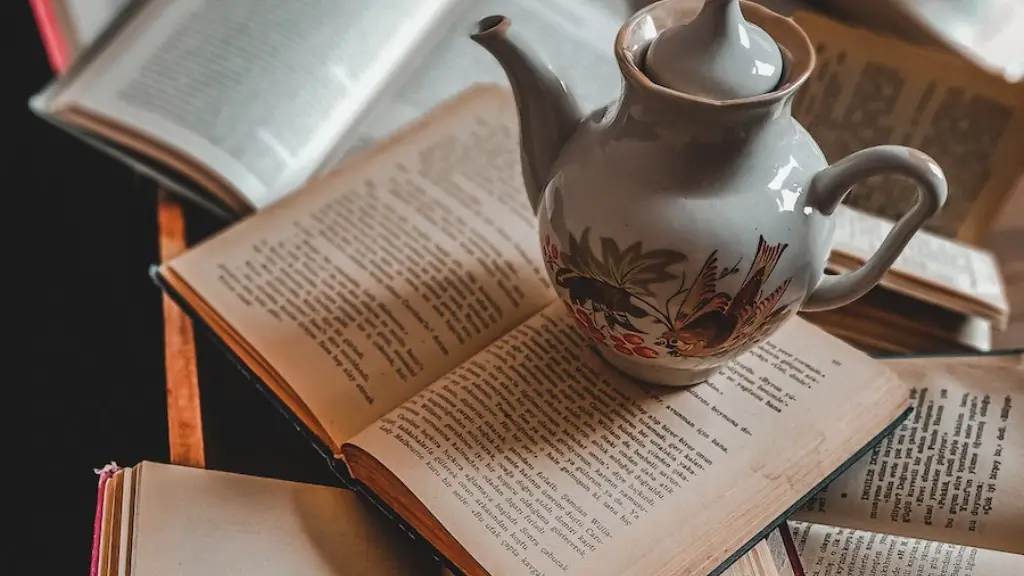Part 1: How To Format Poetry For Submission
Whether writing for a periodical, journal, or collection, many poets want to know how to properly code their work when submitting it for publication. Even with basic HTML knowledge, formatting poetry for submission can be tricky. This guide covers the basics of how to adjust your code and style your work, so editors can easily understand your poem and publish it in a journal or book.
The first step to successful formatting of poetry for submission is to adhere to the style guide of the publication. Every journal or collection has its own coding guidelines, so it’s important to review the instructions to ensure that your code is in the proper format for that particular piece of work. For example, some publications may require line and stanza breaks be set with hard coding, while others may prefer HTML tags; if you don’t check, you’ll end up coding twice.
When it comes to coding your line and stanza breaks, the general rule is to use a style that’s consistent with your document’s formatting. In other words, you may use either hard coding or an HTML tag, as long as you don’t use both types of codes in the same document.
In the case of hard coding, use the line break tag,
, after each line, before each stanza, and after the poetry’s final line. As an alternative, you can use the HTML paragraph tag,
, to indicate where the lines and stanzes break. However, be sure to enclose the poem in a separate paragraph tag as well, as this will keep your poem’s formatting intact.
One other aspect of formatting poetry for submission is to make sure to properly format spacing between words and lines. Many publications will expect you to properly format any non-filled white space with a non-breaking space code, or
Finally, be sure to format the title properly. A well-formatted title should be centered and given a different font style, size, and color. If needed, you can add italicizing to the poem’s title with the HTML tag.
Part 2: Formatting Special Characters in Your Poetry
When writing and formatting poetry for submission, one of the most frustrating things for a poet is to see special characters in the text that don’t come out correctly. Words like ellipses, dashes, and quotation marks can easily get messed up when coding. To format these common characters correctly, use the HTML entities instead of their plain-text counterparts.
For ellipses, use the HTML code “…” instead of the a regular period, or “.” The same goes for dashes—always use the HTML entity “–” instead of a plain hyphen. Quotation marks are a bit tricky here, as HTML uses different codes depending on if you’re using them for single or double quotations. For single quotation marks, use the code “’”, while double quotation marks should use the code “””.
It’s also helpful to know the correct way to format the font size of the text in the poem. Using HTML font tags can get you in trouble, as many reputable periodicals and collections may not accept this code. Instead, use the CSS font-size command, which looks like this:
. This code allows you to set the overall font size for your poem as small, x-small, medium, large or x-large.
Part 3: Adding Other Styling Elements To Poetry
Formatting poetry for submission can go beyond just proper coding and spacing of the work. You can also stylize other elements in the poem, including italicizing, bolding, and underlining of text. For this kind of cosmetic formatting, HTML tags are the most widely accepted.
For bolding, use the tags. For italicizing, use the tags. This can also be used to emphasize words or phrases in the poem. To underline text, use the tags.
Using styling elements in a poem can provide an extra level of shading and emotion to the work, allowing the audience to more easily connect with the poem’s message.
Part 4: Transforming Poetry Into Graphics
Adding any kind of graphical element to a poem can provide another layer of depth and emotion to the piece. This is also a great way to spice up the presentation of the poem and make it stand out from the other texts in the publication.
Creating your own graphics and transforming poetry into art is a great way to do this. You can create a digital depiction of a poem, or even an absolutely wordless image of the poem, which will allow readers to explore the poem in a different way.
If you choose to create a visual depiction of the poem, it’s helpful to remember that this form of expression requires a bit more creativity and skill. You may need to research graphic design techniques to effectively create a piece of art that emphasizes the poem’s intended message.
In addition, when submitting graphics as part of a poem, always make sure that they are in a common file format that can be easily imported into the publisher’s layout. Most publications will prefer PDFs or EPS if you’re sending a graphic illustration.
Part 5: Tips For Proofreading Your Poetry
Proofreading is a critical element of formatting poetry for submission, as it ensures that the poem is free of typos and any coding errors. Therefore, it’s essential that you proofread your work before submitting it to a journal or publisher.
One of the most effective techniques for proofreading is to read the poem out loud. It may sound odd, but this method ensures that you are reading all of the words as they are intended, not just skimming over the text.
You should also try to read the poem from the end-user’s perspective, as this will give you a better idea of what the poem will look like when published. This will also help you spot any typos or incorrect coding that might not be apparent on a paper proof.
Finally, ask someone else to read your poem before you submit it. This can often prevent mistakes or typos that you overlooked in your own proofreading. Asking an outsider to review your work can also spark ideas to improve and stylize the text in ways you might never have even considered.
Part 6: Keeping Poetry Secure Before Publication
When submitting poetry for publication, it’s important to protect your work from prying eyes. This means ensuring that the poem is securely stored on your computer or online, as well as making sure that the poem cannot be easily copied or shared with other people.
One of the most effective methods for protecting a poem before publication is to submit it as an encrypted document. Most software programs and online services now offer encryption capabilities, so your poem will remain secure even if emailed to an editor or publisher.
Unfortunately, there are still some editors and publishers who may choose to keep the poem in an unprotected format, so be sure to check the publisher’s terms and conditions to see what they require. You’ll also want to make sure that the poem is formatted properly, so that its contents are not incorrectly interpreted.
Part 7: Publishing Your Poetry to a Collection or Journal
Once you’ve completed formatting and proofreading your poem, you’ll need to decide on the best method for submitting it for publication.
If you’re submitting to a journal or periodical, be sure to read the submission guidelines carefully. Most journals will have specific formatting requirements, such as emailing in a Word document or sending an online form.
When it comes to submitting to a poetry collection or anthology, the same formatting requirements may apply. However, most anthologies will have a unique set of guidelines that you need to adhere to. Be sure to check these very carefully, as the publisher may require additional files or documents besides just the poem itself.
Finally, while preparing and publishing a poem, always remember that the content of the poem is still the most important thing. Content is key, so make sure the poem conveys your message and that the poem itself is creative and interesting. With this in mind, you’re sure to produce great poetry and be published in no time.


